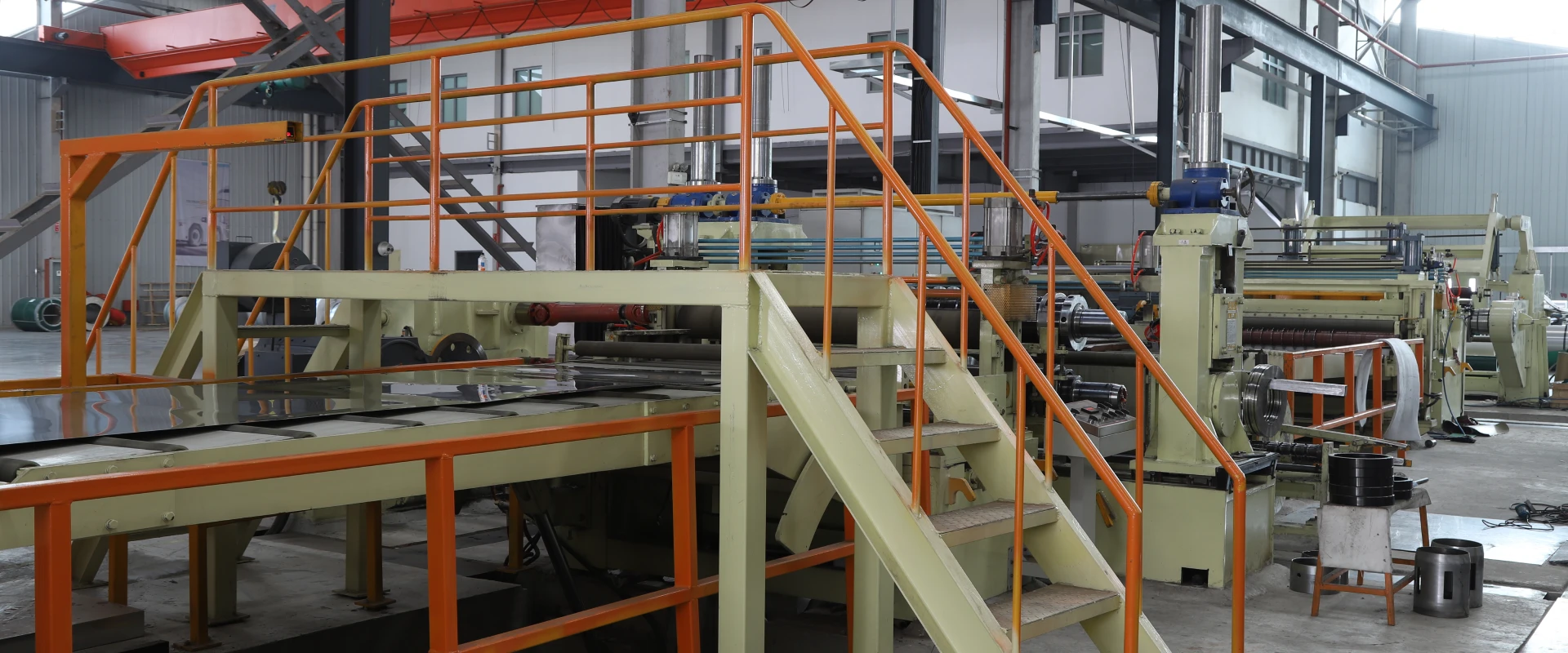Breakthrough in β Heat Treatment of Ti-6Al-4V: 35% Fatigue Strength Boost with Grain Refinement
Ti-6Al-4V, a widely used titanium alloy, has long been a staple in industries demanding high strength, low weight, and excellent corrosion resistance. From aerospace components to medical implants, this alloy plays a crucial role. However, engineers and researchers are constantly seeking ways to enhance its performance. A recent breakthrough in β heat treatment has achieved just that, refining the grain size from 50μm to a mere 12μm and boosting the alloy’s fatigue strength by an impressive 35%. Let’s dive into this remarkable development and understand its significance.
The Importance of Ti-6Al-4V Titanium Alloy
Ti-6Al-4V, composed of 6% aluminum, 4% vanadium, and the rest titanium, combines the best of multiple properties. Its low density makes it ideal for applications where weight is a concern, such as in aircraft structures. At the same time, it offers high strength, comparable to many steels, ensuring structural integrity under heavy loads. Its excellent corrosion resistance, especially in harsh environments like seawater or acidic conditions, further widens its application scope.
In the aerospace industry, Ti-6Al-4V is used in engine components, wing structures, and landing gear. In the medical field, it’s a top choice for implants like hip and knee replacements due to its biocompatibility, meaning it doesn’t cause adverse reactions in the human body. But even with these great qualities, improving its performance can open new doors for more demanding applications.
Understanding Heat Treatment and Its Impact on Alloys
Heat treatment is a process of heating and cooling metals to alter their microstructure, which in turn affects their mechanical properties. For Ti-6Al-4V, heat treatment can modify aspects like strength, ductility, and fatigue resistance. The β phase of Ti-6Al-4V is of particular interest in heat treatment studies. When the alloy is heated into the β phase region (above about 980°C), its atomic structure changes, presenting opportunities to manipulate its final properties during cooling.
Grain size is a critical factor in determining an alloy’s performance. Smaller grains generally lead to better mechanical properties. They create more grain boundaries, which act as barriers to dislocation movement within the metal. Dislocations are defects in the crystal lattice that cause materials to deform under stress. By impeding dislocation movement, smaller grains make the material stronger and more resistant to fatigue, a type of failure that occurs due to repeated loading.
The Breakthrough in β Heat Treatment
The recent breakthrough in β heat treatment for Ti-6Al-4V focused on refining the grain size. Traditional methods often resulted in a grain size around 50μm. But through a carefully optimized β heat treatment process, researchers managed to reduce this to 12μm.
The process involves heating the Ti-6Al-4V alloy into the β phase region and then cooling it at a precisely controlled rate. Special cooling techniques, such as rapid quenching followed by controlled annealing, were used. Rapid quenching freezes the high-temperature β phase structure into a metastable state, creating a large number of nuclei for grain formation. Subsequent annealing allows these nuclei to grow into fine grains in a controlled manner.
This refined grain structure has a profound impact on the alloy’s fatigue strength. Fatigue failure typically starts from small cracks that form at stress concentrations, often near grain boundaries. With smaller grains, there are more boundaries, which means cracks have to travel through more interfaces to propagate. This significantly increases the alloy’s resistance to fatigue, leading to the observed 35% boost in fatigue strength.
Real-World Applications and Benefits
The improved fatigue strength of Ti-6Al-4V thanks to this β heat treatment breakthrough has far-reaching implications. In aerospace, components like turbine blades and engine casings are constantly subjected to cyclic loading. With enhanced fatigue strength, these parts can last longer, reducing maintenance costs and the risk of in-flight failures.
In the medical field, implants need to withstand the repetitive stresses of daily movement. The stronger, more fatigue-resistant Ti-6Al-4V alloy means implants can have a longer lifespan, reducing the need for revision surgeries. This is a huge benefit for patients, improving their quality of life and reducing healthcare costs in the long run.
Even in the automotive industry, where lightweight and durable materials are highly sought after, the refined Ti-6Al-4V alloy can find applications in parts like suspension components and engine parts, enhancing vehicle performance and fuel efficiency.
The Future of Ti-6Al-4V Alloy
This breakthrough in β heat treatment is just the beginning. Researchers are already exploring ways to further optimize the process, aiming for even finer grain sizes and better performance. Additionally, combining this heat treatment with other surface modification techniques, like shot peening or coating, could lead to alloys with superior properties.
As technology advances, we can expect Ti-6Al-4V titanium alloy, enhanced by innovative heat treatment methods, to play an even more significant role in various industries. It will continue to push the boundaries of what’s possible, enabling the development of lighter, stronger, and more reliable products.
In conclusion, the breakthrough in β heat treatment for Ti-6Al-4V, with its remarkable grain size refinement and fatigue strength boost, represents a major step forward in materials science. It’s a shining example of how continuous research and innovation can unlock new potential in existing materials, benefiting countless applications and industries.

